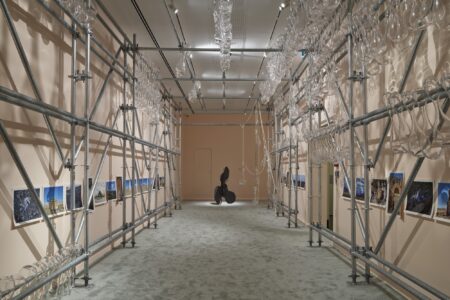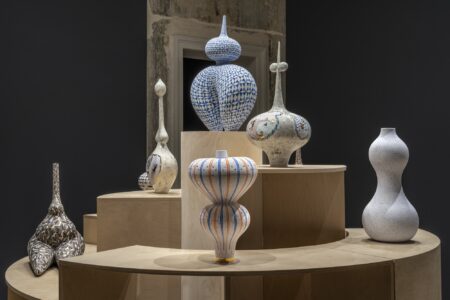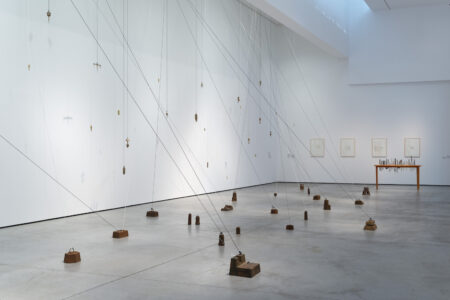Zoë Ryan – The Future Is Not What It Used to Be
Gathering 50 projects from over 20 countries, the second edition of the Istanbul Design Biennale curated by Zoë Ryan will unfold, in November, as the most important design manifestation the city has ever seen.Be ready to dive into a new kind of Future… “Create your own manifesto!”From...
Gathering 50 projects from over 20 countries, the second edition of the Istanbul Design Biennale curated by Zoë Ryan will unfold, in November, as the most important design manifestation the city has ever seen. Be ready to dive into a new kind of Future… “Create your own manifesto!” From the entrance of the Greek School, Karaköy, the Design Biennale’s main venue, Zoë Ryan’s vision is clear: invite the audience to think of the manifesto as a platform and catalyst for good, social, forward-thinking design. “What IS the Future…after all? I wanted to show that one can imagine the future in a pragmatic way, and avoid the fantastical. For example, Alexandra Daisy Ginsberg’s nature-based project raises the question of fundamental wellbeing: she bioengineers plants and slugs to help the eco-system recover”, Chicago-based curator Ryan explains. Inside the space redesigned by Superpool, Project Projects’ graphics – which uses a type face leaning forward to embody the future and the same, leaning back, to evoke the past – seem, from the entrance, to challenge visitors to take sides, position himself between the past and the future. From this angle, the Gezi park riots take another dimension: they belong to the past, and the future. “Using the Manifesto as a platform helps one to press the pause button and rethink where one has come from”, adds Ryan. In that realm, Turkish collective Architecture for All have been documenting all forms of ad hoc furniture and eating areas that were created during the sit-in of Gezi park. “What happens when you take architecture out of architects hands to develop it further? It becomes a manifesto on its own!”, Ryan demonstrates. Other projects include German Sissel Tollaas’ Smell of Istanbul, which uses scents to uncover the history and culture of a city, or Didem Senol’s take on Anatolian cuisine and what she can still learn, as a chef, from old recipes and heritage. In a word, the Design Biennale will confront viewers to alternative ways of understanding the world. TLmag: How many Turkish projects are there?
Zoë Ryan: We commissioned half of the projects that will be exhibited from all over the world – Australia, China, Japan, Croatia, USA, France, Germany, Mexico – but a good 30% are Turkish.
TLmag: What past reference surprised you when working with Turkish talents?ZR: Turkish people work collaboratively. They are not loners: they are always asking questions sharing multiple points of view point of view. They call on others expertise and refer to themselves as a collective rather than a nation. Historically, they’ve always been on the cusp of Europe and Asia so they are very open to cross cultural currents and sampling from other places.
ZR: The “history of design exhibition as manifestos” exhibited inside the Greek School shows how Memphis in 1981 or “This is tomorrow” exhibited at the White Chapel in 1956 pushed design in new directions. Directions that can still be ‘new’ if brought back in today’s context. The 2nd Istanbul Design Biennial was seated from 1 November to 14 December 2014 and the 3rd edition will take place from 22 October to 4 December 2016.
‹ Back






